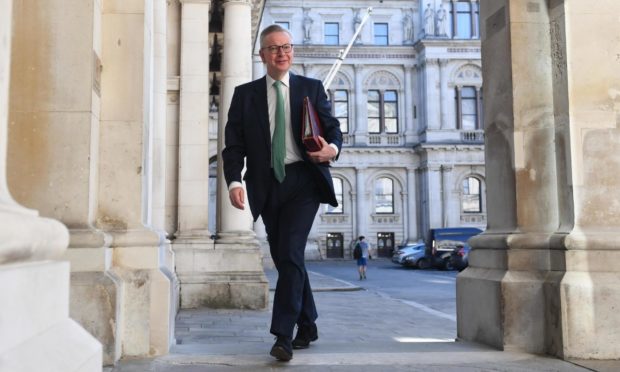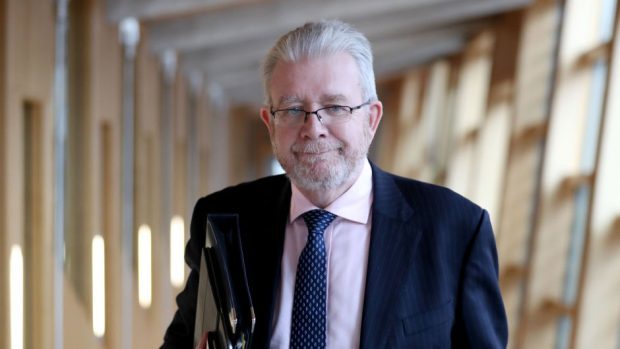Michael Gove has been accused of “gerrymandering” after hinting the UK Government would look to widen the pool of eligible voters in the event of a second independence referendum.
The Cabinet Office minister said the idea of allowing hundreds of thousands of Scots living elsewhere in the UK to have a say in any fresh poll was “interesting”.
In the 2014 independence referendum, voters had to be 16 and over and registered to vote in Scotland. The Referendums (Scotland) Act 2020 features the same rules.
The 2014 provisions and those set out in the 2020 Act mean that Scots living elsewhere in the UK or around the world are not eligible to vote.
Interesting question https://t.co/jJnxe4fyAr
— Michael Gove (@michaelgove) August 19, 2020
Mr Gove’s remark, which has caused a backlash among SNP supporters, came in response to a tweet from former Labour MP George Galloway.
Mr Galloway said: “I’ll tell you this, if there’s to be a second IndyRef, then 795,000 Scots living elsewhere in the UK must have a vote.
“If UK expats can vote in general elections from Spain then an existential question like Separatism must be answered by all Scots.”
“Interesting question,” Mr Gove replied.
The comments came as support for an independent Scotland soared to a record high this week.
According to the latest survey by Panelbase, support for a breakaway hit 55-45 in favour, the mirror opposite of the 2014 referendum result.
Bang on cue. Indy support gets to 55% and the attempts at gerrymandering swing into gear. Usual suspects have already tried to nobble the question but fortunately @ScotParl has in place best practice guidelines for any future referendum whatever the subject . #sawyoucoming https://t.co/oEY9dGLE1F
— Michael Russell (@Feorlean) August 19, 2020
Constitution secretary Mike Russell, responding to the online debate, said: “Bang on cue. Independence support gets to 55% and the attempts at gerrymandering swing into gear.
“Usual suspects have already tried to nobble the question but fortunately the Scottish Parliament has in place best practice guidelines for any future referendum whatever the subject.”
The SNP’s former Westminster leader, Angus Robertson, added: “With polls now showing a consistent majority in favour of Scottish independence its opponents in Westminster consider changing the electorate an ‘interesting question’.
“Looks desperate, and undemocratic.”
Many other Twitter users questioned how a Scot living elsewhere in the UK could be identified for the purpose of legislating any new rule.


